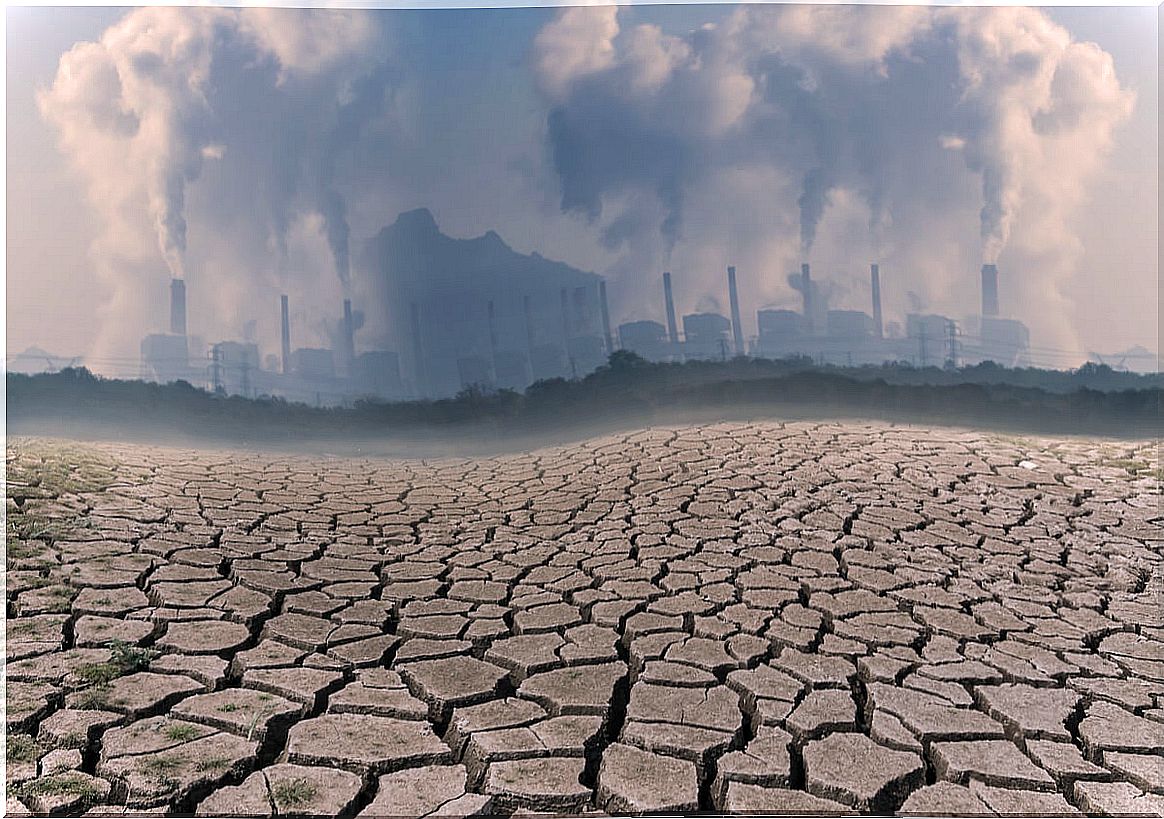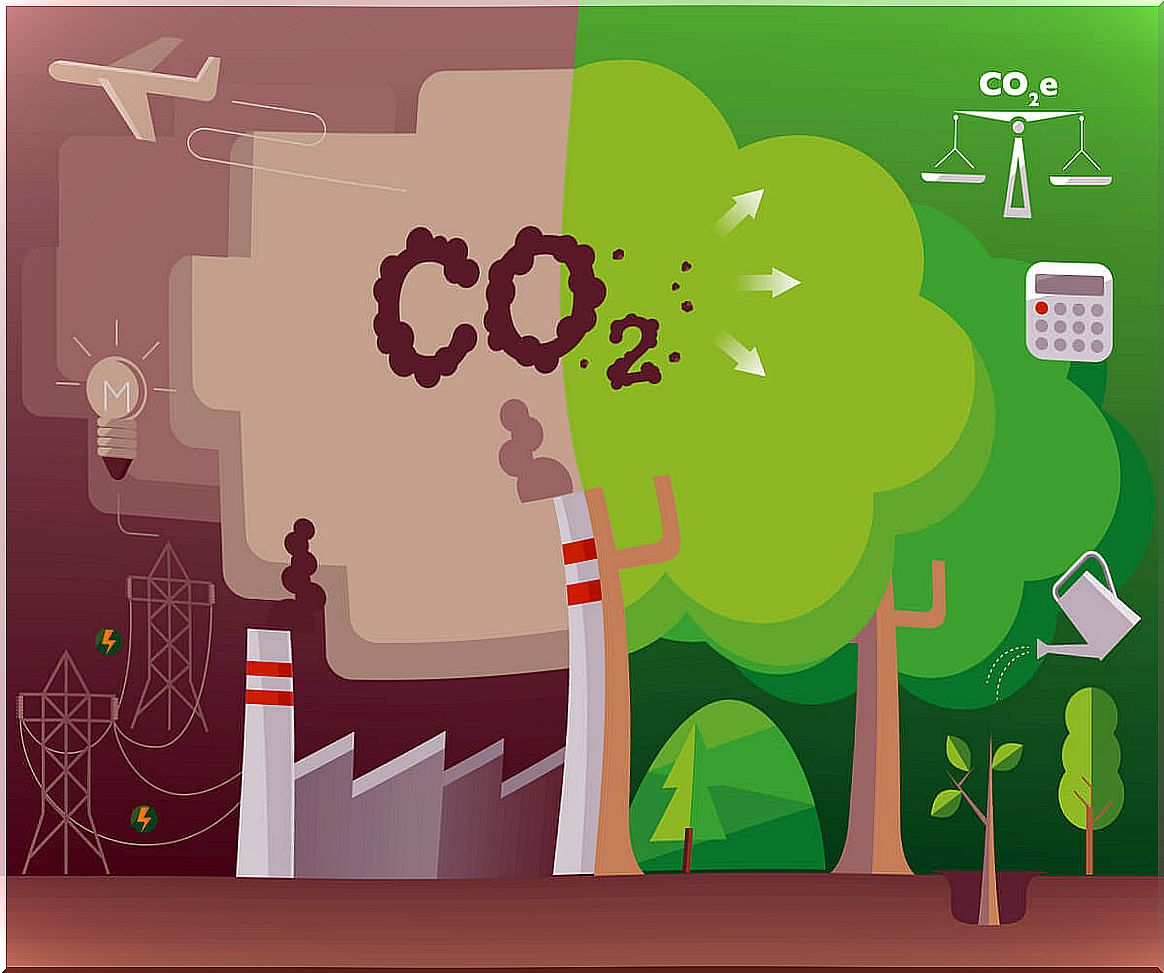The Day Of The Earth’s Overcapacity

You have surely heard of “Earth Day” or “Biodiversity Day”. These dates are necessary to remind us that we live on a single planet and its resources are finite. The “Earth’s overcapacity day” or Earth overshoot day is another example to raise awareness of the impact we cause as a species on the planet.
The day of the Earth’s overcapacity does not have a specific date, since since 1970 it has been advancing due to our consumption model. But what does this day represent? Discover it here.
What is Earth Overcapacity Day?
The day of the Earth’s overcapacity is called the specific annual date on which the equivalent of the resources that the Earth regenerates in a year are consumed.
This means that we consume the resources that the planet gives us at a faster rate than the Earth is capable of regenerating them. This concept can be measured at the global, continent, country or city level, so the date of the event may vary by region.
Since this day was born on December 23, 1970, the date has not stopped moving forward. In 1997, we consumed the natural resources that the Earth regenerates in a year at the end of September. In 2016 Overshoot Day was brought forward to August 8, it continued in this month in 2018 and last year it was brought forward again at the end of July.
This year we have managed to push the date back to August 22, 2020, a small advance, but one that continues to exceed the planet’s capacity in less than twelve months.
These data mean that we need more than one planet with the same characteristics of Earth to supply the demand for resources for all the world’s inhabitants.

Overcapacity is different for each country
Consumption is not evenly distributed in each region of the world. The ecological footprint is the measure of the impact of human activities on nature and is represented by the area necessary to absorb the impacts of this activity and produce resources.
The ecological footprint measures in global hectares the area of land or water in the form of crops, pastures, forests, aquatic and aerial ecosystems used by humans to generate resources and assimilate the waste produced by each population.
This footprint varies with lifestyle, as currently the countries with the highest total ecological footprint are China, the US and India. In Qatar, carbon emissions per capita are the highest in the world, three times higher than in the United States. So much so, that if each human being emitted the same amounts as the population of Qatar, the Earth would have to multiply by six its natural resources.
Currently, global data indicate that the world population would need 1.6 planets Earth to satisfy the demand for resources and the capacity to regenerate them. This means that we continue to consume at an accelerated rate, wiping out annual resources in less than a year.
The coronavirus and the 2020 ecological footprint
Efforts to respond to COVID-19 have shown that it is possible to change the consumption trends of ecological resources in a short period of time:
- Governments are able to act quickly in a crisis, both in terms of regulations and spending, when they put health security above all else.
- Companies can collaborate effectively in pursuit of a common goal when people’s lives are at risk.
- The population is learning that the decisions of one at all levels have consequences for all.
If we take the lessons we have learned to fight the coronavirus to the protection of our planet Earth, we could achieve great results and delay the Earth overshoot day , avoiding the degradation of the planet. If we delayed the day of the Earth’s overcapacity by 4.5 days each year, in 2050 we would once again live within the limits of the planet.
Towards a sustainable development model
To counteract the overcapacity of the Earth, we must improve the way we produce, choose and consume resources, especially in the areas of food and energy.
Almost 80% of agricultural land is used for livestock to produce meat and dairy products; Yet these animal products supply only 33% of the protein consumed by humans. Agriculture occupies 34% of the Earth’s land area and is responsible for 69% of freshwater withdrawals.
The entire food system generates almost a third of greenhouse gas emissions and, even so, the most contradictory thing is that there are still millions of people suffering from malnutrition in the world.

In addition to food, it is necessary to change the energy model based on fossil fuels and encourage renewable energies such as solar, wind and hydroelectric. Oil and coal are limited resources and generate unsustainable amounts of waste and emissions for the planet.








